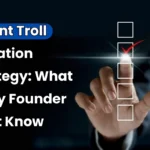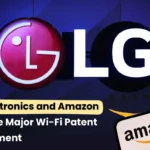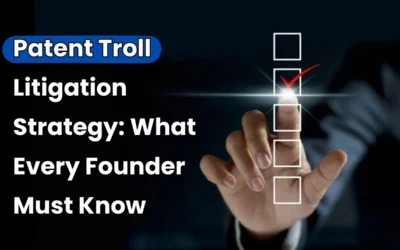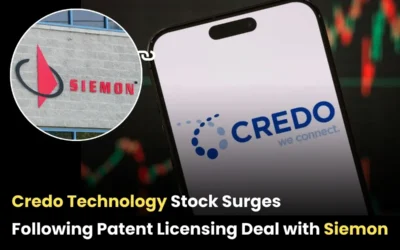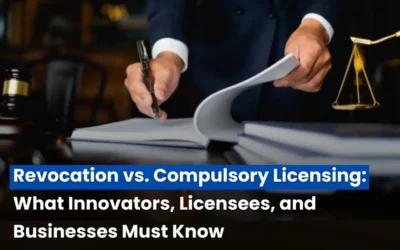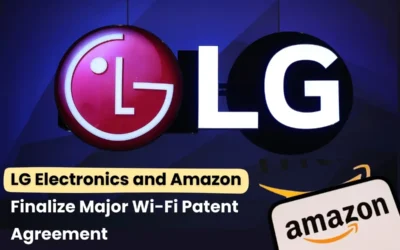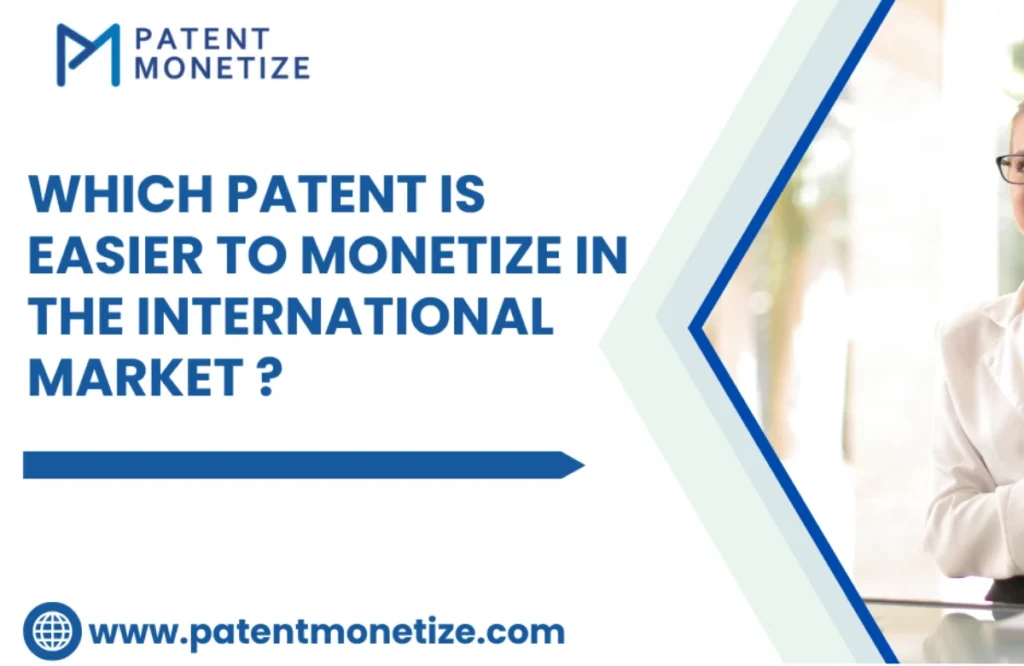
All other assets existing within any given company or individual portfolio of intellectual property are outscored in worth by patents. Patents, in this way, afford monopoly rights over manufacturing, sale, or licensing rights over the particular subject matter concerned for some years in view of legal remedies providing protection. In this context, obtaining a patent monetization in international market is just one step forward from the process toward the commercialization of an invention, whereas making that patent valuable is something really challenging. This essentially means the patent can be sold, licensed, or used to raise some revenues. However that does not say all patents will easily be able to be monetized. Indeed, a patent that will have good possibilities of large-scale internationalization will always be better compared to the others. For those, such possibilities are lower; they apply at the local scale. This discussion below details the categories of patents and aspects of each, which makes some easier or tougher to commercialize internationally.
What Is A Patent?
Before discussing the different kinds of patents, it is very much essential first to understand what a patent is and how it works. Official governmental right to an invention is called patents. Patents are legal rights issued by a government to the owner of the patent, which can make, use, sell, or license an invention for about 20 years from the filing date with the primary consequence of having to detail every invention before the public. A patent fulfills the objective of new innovation by providing the right to the inventor to his or her rewards for inventing without letting someone else duplicate that innovation. Be it a hardware product, a mechanical device, or some unique process and algorithm in a computer program; every kind of innovation may be patentable.
Types of Patents
There are three types of patents:
1. Utility Patents: Utility Patents. It is the most common form of patents and covers inventions relating to new devices, improvements to any existing products, processes, or machines. Concerned with what makes it do its thing; how it can be manufactured; or how used.
2. Design Patents: Design patents literally are a new shape or pattern of something or even surface ornamentations. These don’t protect any object based on its use, but the aesthetics.
3. Plant Patents: The development or any invention involving new and unique plant varieties capable of being reproduced asexually, except through seeds.
Every type of patent offers different ways to make money, and how hard or easy it depends on the demand of the market as well as the specific form of intellectual property protection given.
Monetizing Utility Patents
Utility patents refer to those inventions that take the form of specific utility or function. They are typically the most valuable patents because very often, they protect technologies that can be produced in large volumes for mass use. It may also include applications in many industries. Utility patents are primarily commercially exploitable in the following ways:
1. Licensing
Most utility patents are licensed, one of the most common ways to make money with a patent. Licensing the patent to another party gives licensees the chance to produce and sell the invention or to make use of the patented invention in exchange for compensation, either through royalties or a flat fee. The more precise applications of the invention find an industry group in health, technology, or consumer goods, the more returns are generated.Examples include companies holding patented software, hardware designs, or methods and licensing them to other companies. A widely used product, for example, a smartphone or application software, can generate significant licensing income if utility patent claims an essential feature or process.
2. Sale of Utility Patent
Utility patents can also be sold outright as one way of monetizing. This is just in case the inventor or company does not have the resources or interest to make the invention public; it could sell the patent to a better third party qualified to bring the invention to market. The advantages of selling a patent are that there is available a one-time payment, though the inventor or the company has lost all their rights to the invention.
3. Manufacturing and Selling the Product
Other times, a company can decide to build and sell themselves the utility patent-covered product. It’s very capital-intensive, however; with a large need in the marketplace, it has been very lucrative. Examples would include drugs, machinery, and consumer electronics.
4. Strategic Partnerships and Joint Ventures
Others will enter into strategic partnerships or joint ventures as a means to design, manufacture, and eventually market their invention based on those patents. Those are very practical arrangements if a particular invention required a lot of resources, expertise, and so on for its commercialization.
Creating Income from Design Patents
The design patents would cover a product’s exterior and look, form, shape, or any ornamental design features. It does not protect the product’s functionality but will be of very big value for products whose looks matter so much: from clothing and other textile articles through automobile body design and home appliances to all types of electronic consumer devices.
The monetizing ways for a design patent:
- Licensing: Licensing is not a practice in utility patents; the design patents also can be licensed to third parties. An innovator holding a design patent of a fantastic shoe design can license this design patent to a manufacturer who will make the shoes based on the innovative shoe design. As a payment, he gets back the royalties payments he is compelled to make the owner of the patent.
- Sale of the Patent: On other occasions, a design patent can be sold outright as one means of monetization. The more popular and widely known the design is, the more attention it will attract to one’s attention from the companies in that industry.
- Enforcement and Litigation: It also has the possibility of earning money by lawsuit if a business or person patents infringe. Patent owners may bring suit to recover damages, and even an injunction to prohibit further patent infringement. This may not appeal to all inventors or may be very time-consuming expensive.
- Branding and Marketing: Product designs can be exploited to tap into distinctiveness in product design for branding and marketing. Consumer goods with a deep dependence on design for differentiation in the marketplace will benefit particularly well from this area. For example, a maker of consumer electronics may exploit patented designs to publicize the quality and novelty of their products.
Exploiting Plant Patents
The patents for plants are awarded on an application based upon the discovery of a new variety of plant, which is then asexually reproduced. The number of plant patents is so much smaller compared to utility and design patents that plant patents could be a gold mine in those industries like agriculture, horticulture, or biotech. Generally speaking, monetizing the plant patents would be through the following:
- Licensing: As in the case of utility and design patents, a plant patent may be licensed to third parties, for example farmers, nurseries, or firms dealing with agricultural production. In this case, the patent owner will get royalties on sales of plants or seeds made using the variety that is patented.
- Sale of the Patent: Another license that plant patents can be sold to is firms or individuals that are interested in using the patented plant variety in their business. Sometimes, plant breeders sell the rights of a new plant variety to large agricultural firms.
- Direct Sale of Products: The most important advantage of plant patents is that they can be monetized directly by selling plants, seeds, or products related to the same. For instance, a horticulturist growing a new variety of rose sells or gives out plants to nurseries for their sale.
Factors Influencing Patent Monetization
Though the type of patent is itself important for monetization, there are many other factors that influence whether patents are easily and successfully monetized in the global market.
1. Market Demand: One of the critical factors that determine whether a patent can be monetized or not is the potential demand for the patented invention. Patents covering products or technologies with broad, global appeal are most likely to be profitable.
2. Competitive Landscape: Market, the level of competition also depends on the level of monetizing a patent in the market. When other similar products are created by other players, it seems very difficult for making a license agreement or for selling the patent to the targeted buyers.
3. Patent Strength: Again, the strength of the patent or how solid and defensible it is also becomes critical in the monetization of the patent. The patents likely to be more successful in licensing or sales will be those which can be broad enough to cover key features or innovation.
4. Global Patent Protection: The easy marketing worldwide with a number of protected countries allow international patents.International attractive inventions offer international patent protection and open a lot of chances for licensing, partnership, and sale.
Conclusion
The monetization process is really deep and complicated as well as requiring lots of knowledge in the marketplace as well as kind and its commercial appeal that goes with this patent. Utility patents are easier to monetize generally if they are related to technologies apt for high-demand industries. Design patents hold value, though such patents usually relate to specific niches that usually warrant niche licensing or branding strategies. Plant patents are not as common, but they seem more promising for the agriculture and horticulture markets. It all adds up to the depth of knowledge regarding the value of an invention and then how to find the right partners or buyers for it and pursuing licensing, selling or doing joint ventures that fit into the global market.
